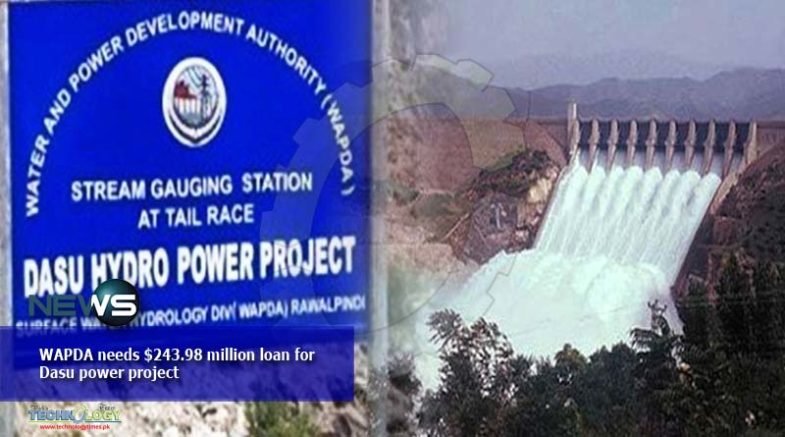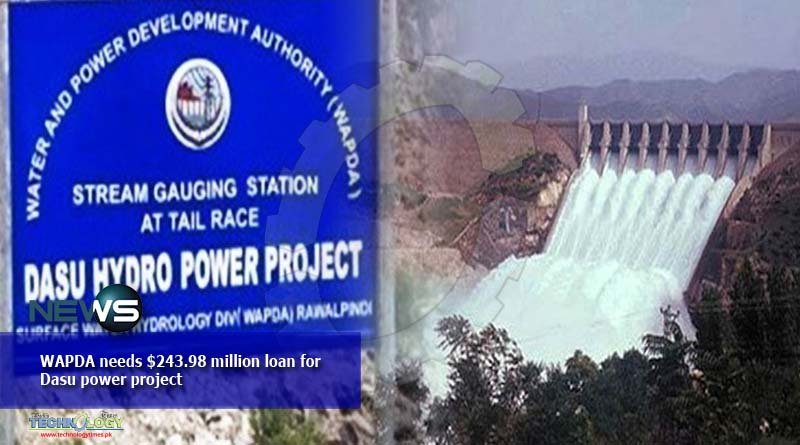Water and Power Development Authority (WAPDA) is looking forward to $243.98 million in loan from a consortium of banks to finance Dasu hydropower project.
 Officials said in statement that WAPDA invited proposals from banks to finance foreign currency portion worth $243.98 million of the Dasu hydropower project.
Officials said in statement that WAPDA invited proposals from banks to finance foreign currency portion worth $243.98 million of the Dasu hydropower project.
Official added that “WAPDA is seeking proposals for export credit agency-backed buyers’ credit facility from commercial banks and invites detailed and comprehensive proposals from potential institutions having requisite capability, experience and expertise to act as mandated lead arrangers for the said facility”.
Executive Committee of the National Economic Council approved Rs486 billion total cost for Dasu project in 2014. Subsequently, the World Bank approved the base cost of the project to be $4.247 billion of the project.
In 2015, the World Bank, in the project appraisal document, sanctioned $588 million to get the financial close concluded under the International Development Association credit-1.
The Dasu dam is seven kilometres upstream from Dasu town located on Indus River, 74km downstream of Diamer Bhasha dam and 350 km from Islamabad.
The total generation capacity of hydropower project was estimated at 4,320MW. But, the project’s stage-1 has a generation capacity of 2,160MW, which after expected to complete within five years from commencement date in June 2017.
WAPDA has so far raised Rs144 billion local currency loan from a consortium of seven local banks and secured a loan of $350 million from Credit Suisse AG, using World Bank’s partial credit guarantee.
The Dasu’s project was awarded to a joint venture of GE Hydro China and Power China Zhongnan Engineering Corporation Ltd. The total contract value is $474.28 million comprising of $243.984 million in foreign currency.
According to the document, WAPDA would make 12 equal drawdown as per payment schedule agreed with the supplier of electromechanical equipment, and to pay upfront risk premiums and interest during the construction.
